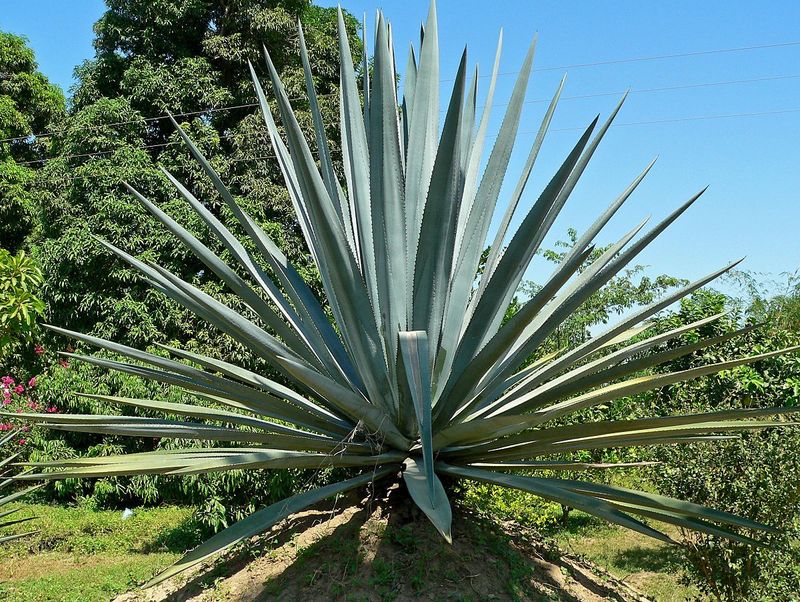The easiest plants to care for and grow at home are succulents. They are unpretentious and hardy, but they can quickly please their owners with lush crowns and bright flowers. Let's talk about the simple rules for growing "stone flowers".
Comfortable climate
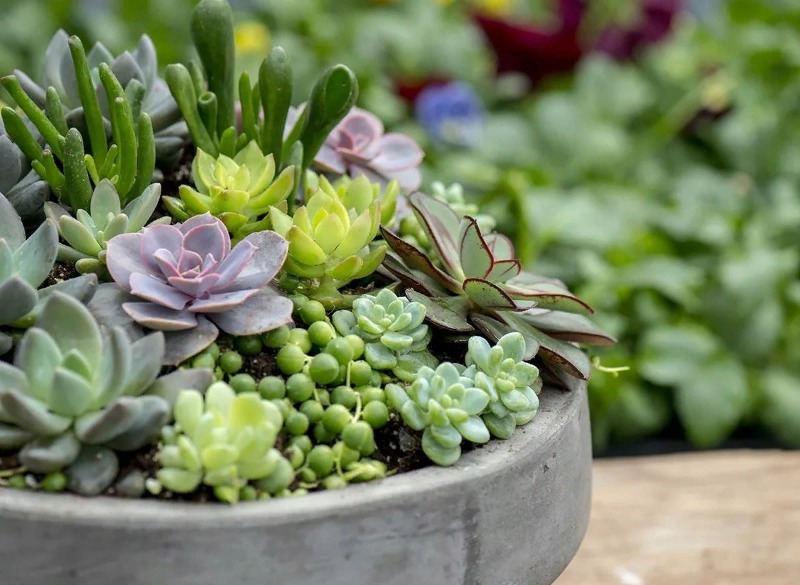
The very name of the subgroup "succulents" (from the Latin succuientus) means "juicy". Plants accumulate a significant amount of moisture in their tissues. This is due exclusively to the birthplace of the representatives of the group. Succulents are desert plants accustomed to an arid climate. Therefore, the main rule for their comfortable existence in apartments on the windowsills is dry air and a sharp temperature drop.
To make your plants feel comfortable, try to create a climate that is as close to their own as possible. It is unlikely that it will be possible to recreate the differences in day and night temperatures with a difference of 25 degrees, as in the African desert. But a fat woman or a cactus will be fine with a cold but sunny windowsill.
The drops to subzero temperatures are unlikely to please the South African plant. The room in which the flowers are placed must be well ventilated. It is important that it is not wet. Otherwise, a succulent, for example, aloe, Crassula or Decembrist, may shed its leaves or begin to rot.
Lighting
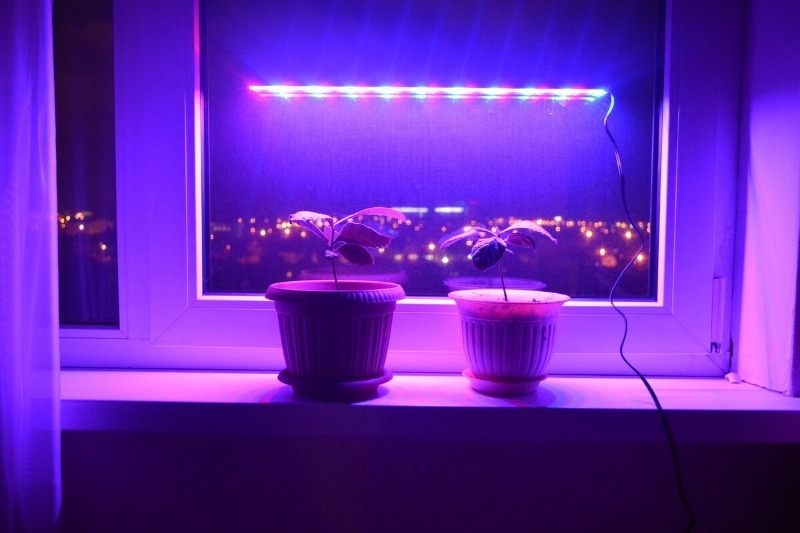
Bright sun rays are a prerequisite for creating a hot desert atmosphere for succulents. Therefore, the best place for them is the south or southeast window. The windows that face the south-west will also suit the plants.
Flowers placed on the north windows will require additional lighting. A fluorescent lamp or a wide spectrum "flora" lamp will do. All succulents love abundant lighting, but direct sunlight is not suitable for everyone. For example, so that Crassula or Duvalia does not get sunburn, it is better to place it on a shelf or whatnot near a window, but not in the sun. Cacti and agave in nature grow in open spaces, so they can easily endure even the scorching sun.
Watering
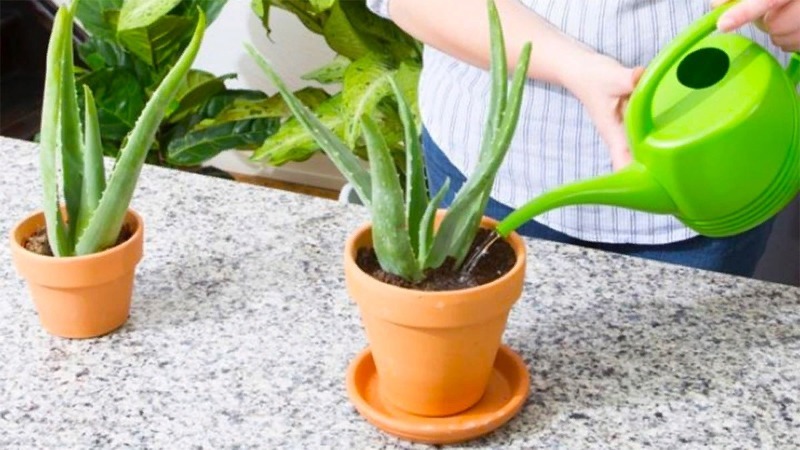
The intensity of watering succulents depends on the season, temperature and humidity. During the growing season, in spring and summer, you need to water once a week. If the weather is too hot, you need to increase the frequency up to two times.
In autumn and winter, when the plant is "resting", it is enough to moisten the soil every 10-15 days. If the succulent is cool (8-10 degrees), reduce watering to once a month and a half.
Do not allow the roots to dry out, as well as overmoistening them. If you are not sure whether you need to moisten the soil, inspect the soil - it should be dried to half the depth of the pot.
The soil
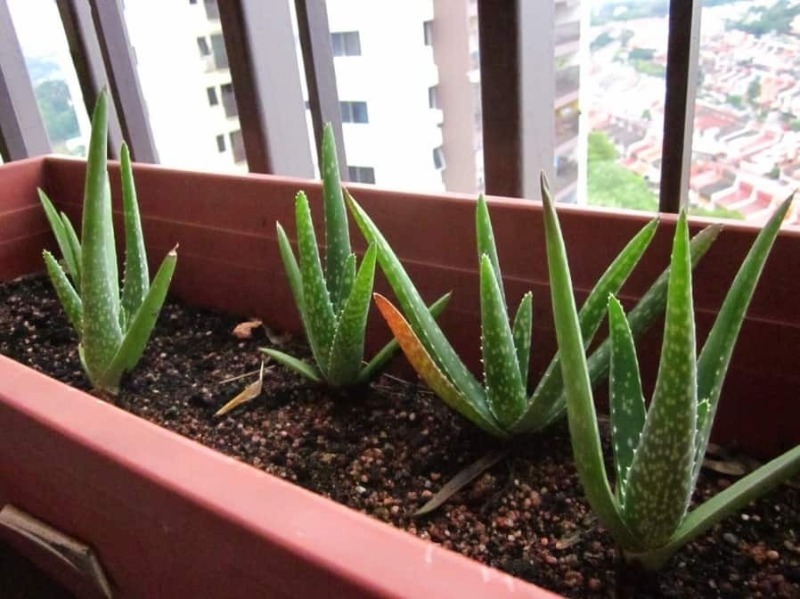
Each specific plant species of the succulent group prefers its own soil composition. But they all need good air and moisture permeability, a loose substrate. In the desert, these plants most often grow on sand, so a mixture of sand and gravel or pebbles will work for most succulents.
In specialized garden centers, you can pick up a universal soil for cacti, in which, in addition to earth, there are baking powder: gravel, sand, granular foam. For novice florists, this is the easiest and most affordable option. Experienced succulent aficionados make up the perfect substrate by studying the characteristics of each plant species.
Transplant frequency
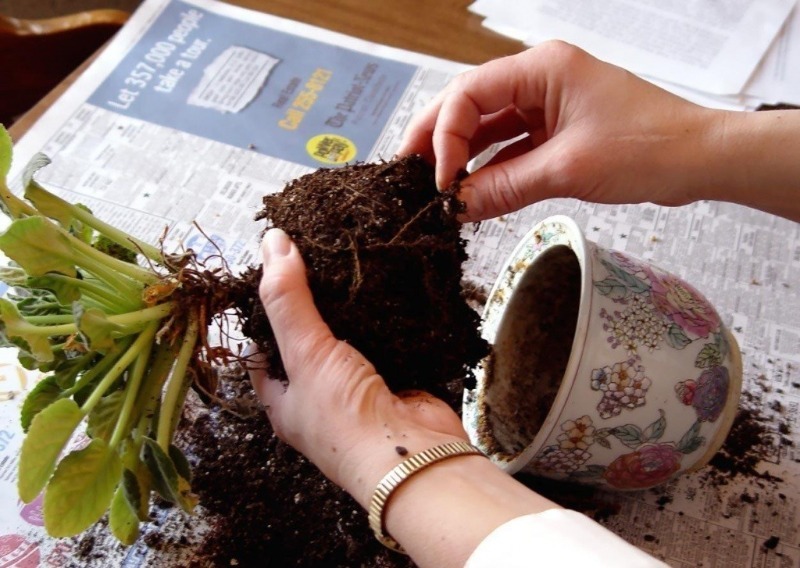
Like other plants, it is better to transplant cacti into new soil in spring. An annual transplant is suitable for young plants, once every 3 years for adults. The purpose of the transplant is to change the soil, not to enlarge the container. For example, Crassula and Christmas tree prefer cramped pots. Cacti are recommended to be grown in flat pots.
When transplanting, be sure to lay a layer of sand on the bottom of the pot, sprinkle it with expanded clay or pebbles a little higher, then cover with a layer of earth about 5-7 cm thick.After placing the plant in the new soil, do not forget to slightly moisten the soil with warm water. Remember not to move the plant during the budding or flowering period.
Fertilizers
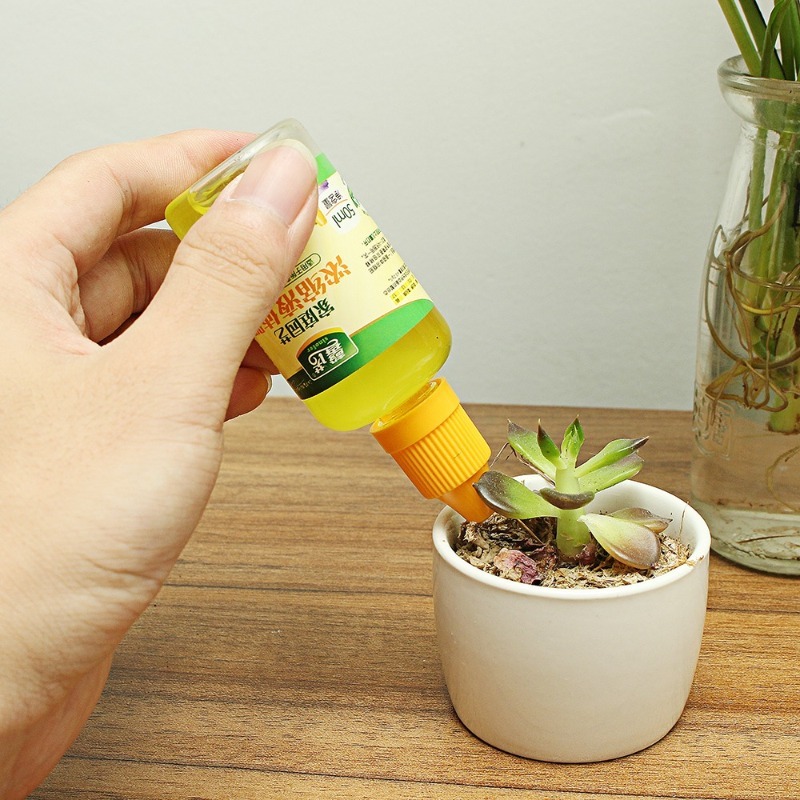
Sand and gravel or gravel hardly contain all the nutrients the plant needs, so the succulent needs to be fed. The best time to add nutrients is spring. Fertilizers with a low nitrogen content are suitable, and the solution itself should be made less concentrated than for other indoor flowers. In any flower shop you can find the necessary fertilizer package. It will be enough to feed the flower once a month.
Beginner growers need to remember one rule that will help in growing "African" plants - it is better to dry out a little than to pour. And experienced gardeners say that if you talk with flowers more often, they will answer you with bright, exuberant flowering.


